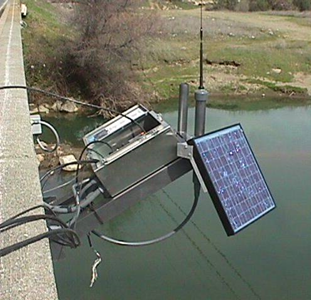One of our pet peeves is when we hear about people lumping all wireless types together and treating them as one. Wireless is not one monolithic thing, there are four wireless types, or use-cases in industrial automation:
1. Backhaul (as ISA characterizes it)
Typically this is long distance, point to point radio bringing data from a Remote Terminal Unit (RTU) perhaps at a wellhead to a central control room. The radios tend to be proprietary as there are no standards and the protocol is often Modbus.
2. Process Instrument Networks
Process instrument networks are commonly based on short distances, battery-powered devices, and mesh topologies. WirelessHART and ISA 100.a specify their respective protocols and radios. WirelessHART is working with PI (PROFIBUS and PROFINET International), and Fieldbus Foundation to coordinate their activities and ensure interoperability. This group is called the Wireless Cooperation Team.
3. Discrete Sensors and Actuators
While process instruments are characterized by slow cycle times (seconds or fractions thereof), discrete devices typically operate much faster (milliseconds). PI is working with leading discrete vendors in developing a wireless standard for discrete sensors and actuators. The protocol will be based on IO-Link, which is a growing wired sensor and actuator technology. Coexistence with the other wireless technologies will be assured. Once again these networks are meant for short distance, mesh topologies, and line powered.
4. Wireless Backbone
This is how we characterize WiFi and Bluetooth as used by the Industrial Ethernets and works well up to medium range. Any plain old Ethernet should run just as well on wireless standards like 802.11a, b, g, n, and ac. PROFINET, of course, works with a Wireless backbone too, with a few caveats to think about like architecture, speeds, and distance based on the application. We’ll discuss more in our next articles focused on wireless and PROFINET.
For numbers one through three, these network devices can be easily brought into the PROFINET network backbone through the use of a proxy which supports the wireless technology desired. You can find more about PROFINET proxies here. We also have a webinar on PROFINET and wireless technologies, which is still available in the archive. Our free one-day training classes also have a section devoted to this topic too.
 For more information, download the full White Paper:
For more information, download the full White Paper: